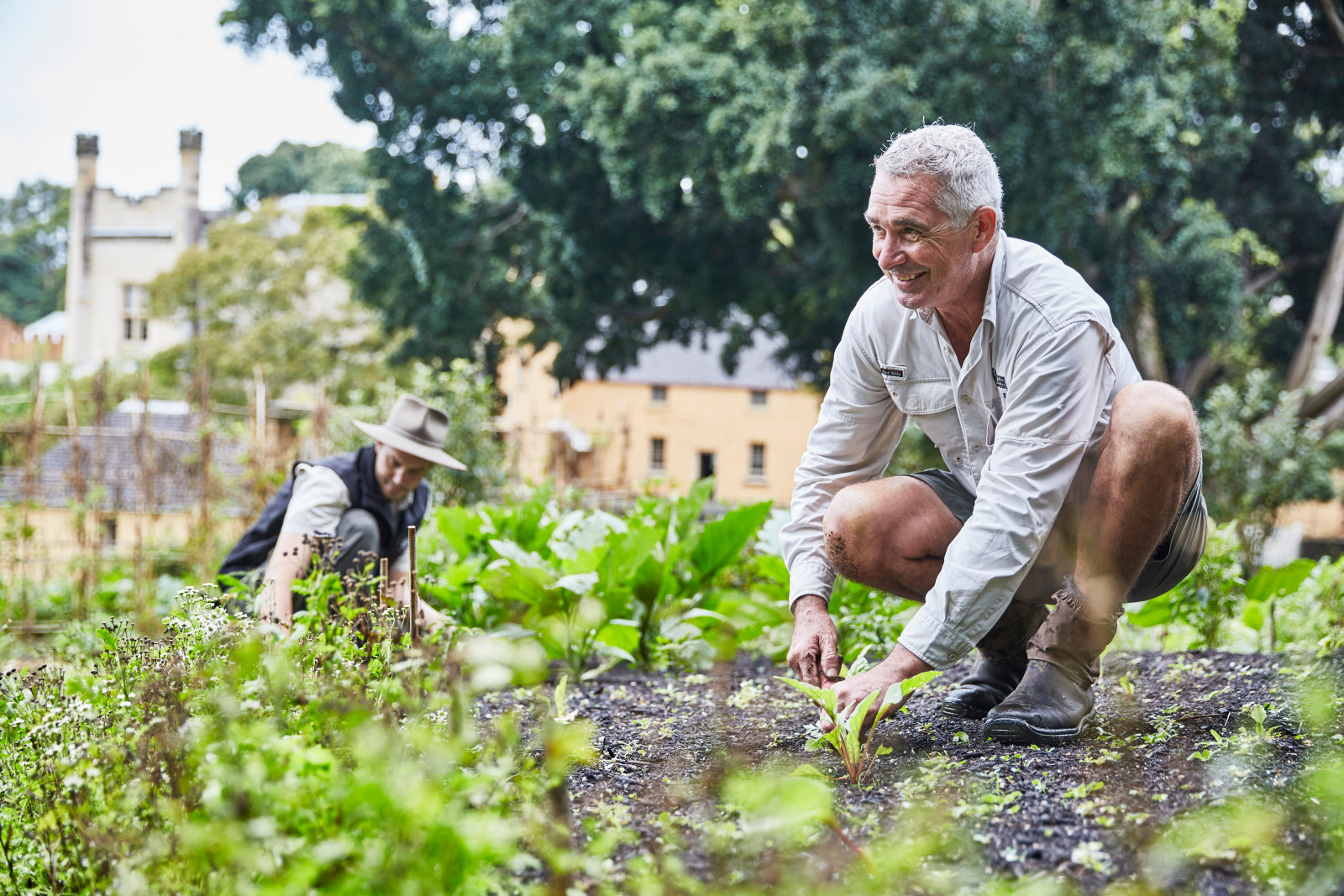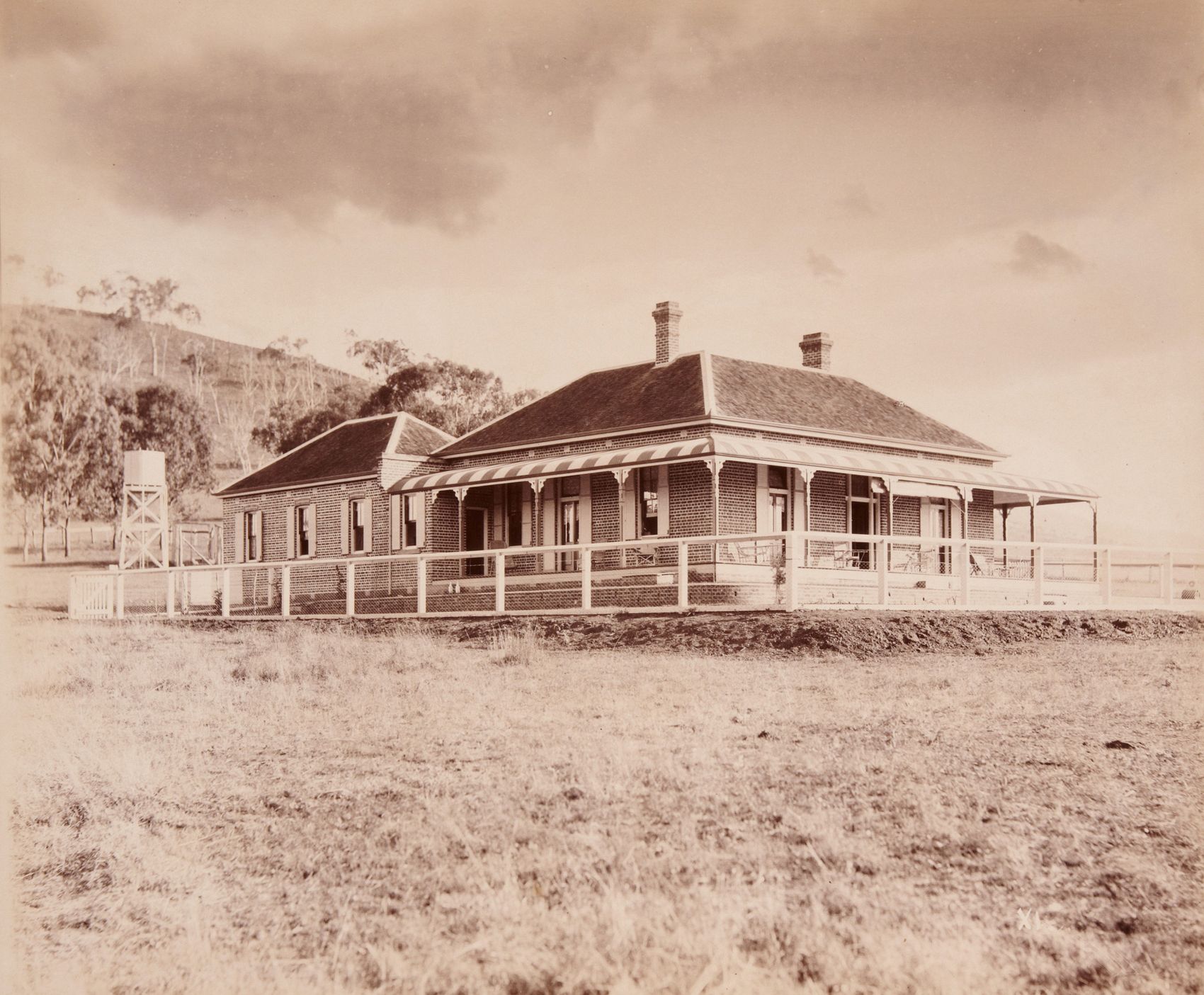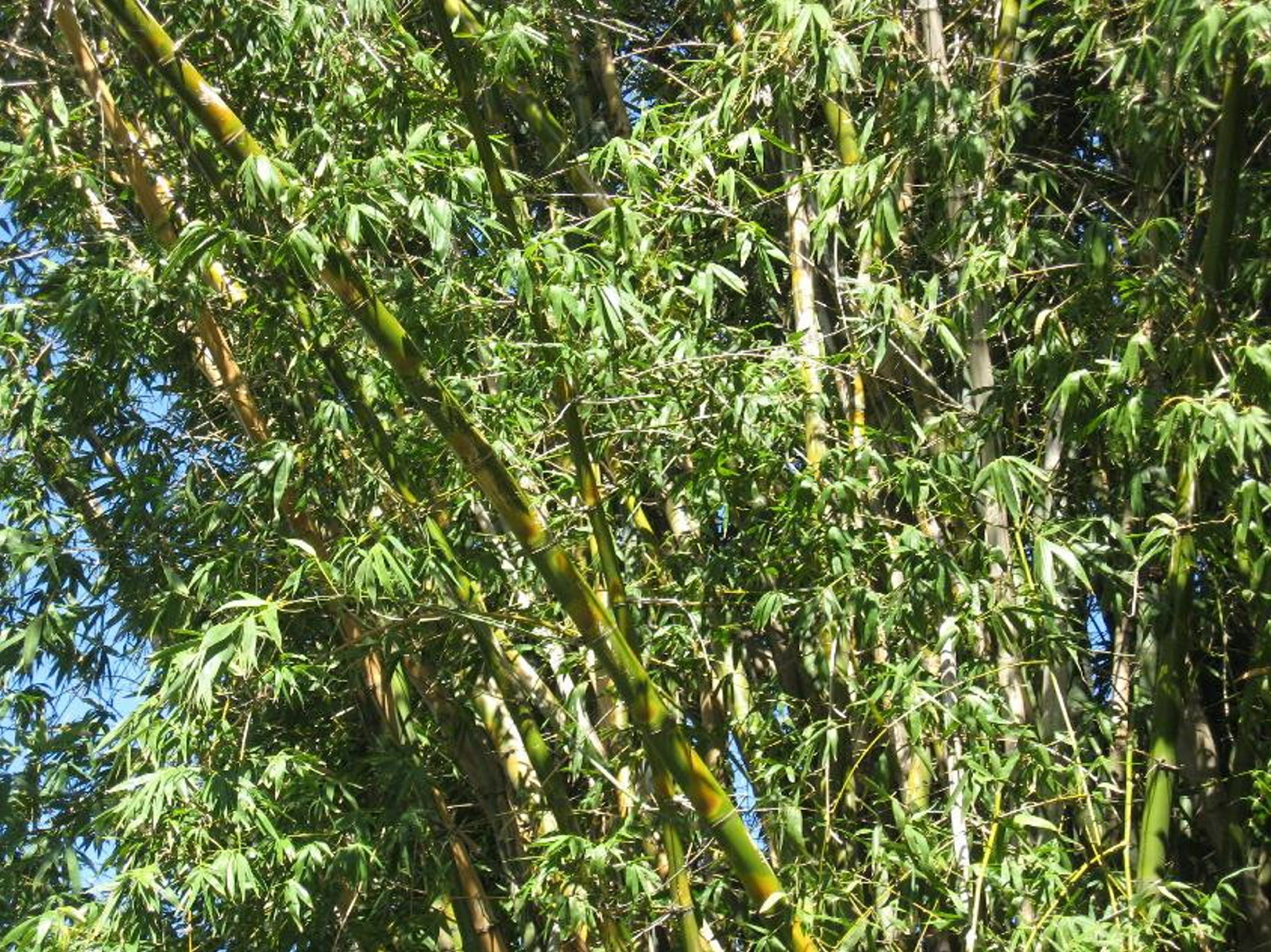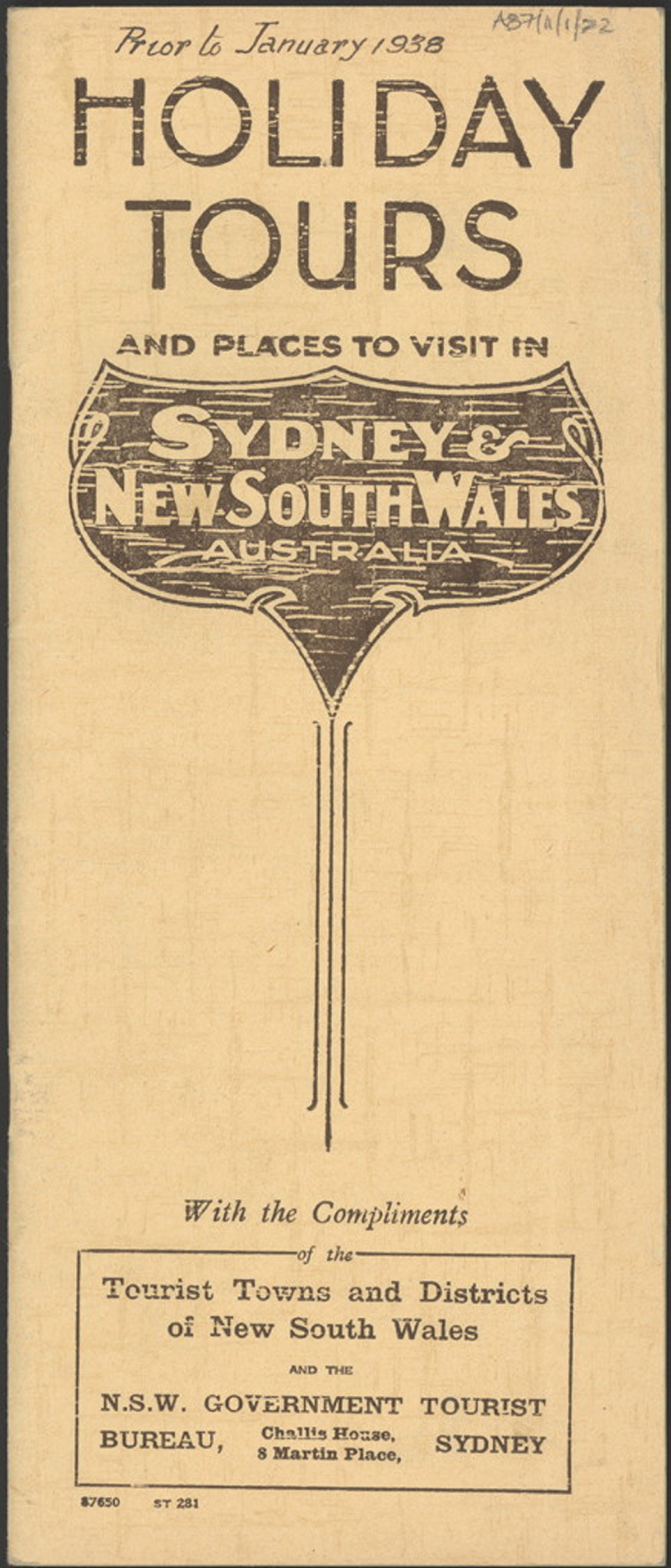A pond in a privately owned paddock
Today, Sydneysiders would find it incredible that a century ago many of the harbourside beaches and parks to which they flock in summer were privately owned and not accessible to the public.
In the 1890s the citizens of Sydney began agitating for access to the harbour foreshores. When alienation of part of the Botanic Gardens was proposed in 1900, a large public meeting at Sydney Town Hall on 15 October – men on the ground floor, women in the galleries – passed a resolution that was presented to the premier, Sir William Lyne, asserting& ‘that this Mass Meeting of the citizens of Sydney emphatically protests against any attempt by this or any other Government to take away any portion of the Botanical Gardens or Domain or interfere with the water frontage thereto and … that the Government should take immediate action to recover such portions of the foreshore as are presently privately owned and not utilized, and the whole to be reserved for recreation grounds for the Public of New South Wales forever.’1
Nothing eventuated and eight years later, William Notting, the honorary secretary of the Harbor [sic] Foreshores Vigilance Committee, was still protesting, justifiably, that there was ‘not a waterside foreshore park worthy of the name between the Domain and South Head and not one area in which a picnic party can light a fire to have a harmless billy of tea’.2 By this time the committee was focusing its demands on the foreshore at Vaucluse.
there was not a waterside foreshore park worthy of the name between the Domain and South Head and not one area in which a picnic party can light a fire to have a harmless billy of tea...
The Vaucluse estate had been unoccupied since 1898, foreshore land was fenced off and a caretaker prevented pleasure boats and picnic parties from landing at Vaucluse Bay. William Charles Wentworth had sold parts of the harbour frontage and outlying portions of the 208-hectare estate some time before his death in 1872. He bequeathed a life interest in the remaining estate to his wife Sarah that, upon her death in 1880, passed to their sole surviving unmarried daughter, Eliza Sophia Wentworth. Following Eliza’s death in 1898 the estate reverted to Wentworth’s trustees and could not be disposed of until his other residuary lands had been sold. Consequently subdivision of the estate – much of the present suburb of Vaucluse – did not begin until 1905.
Wentworth had bequeathed to his second son Fitzwilliam 20 acres of the Vaucluse estate. In 1874 Fitzwilliam selected 19 acres (7.6 ha) on the western side of Vaucluse Bay. It adjoined Greycliffe House estate, which he occupied in 1873–76 and purchased from his sister Fanny Reeve in 1887.
On 6 July 1910, the NSW Government resumed 22.9 acres (9.264 ha) of the Vaucluse estate that included Vaucluse House and its harbour frontage. Prior to its resumption the Harbor Foreshores Vigilance Committee organised a public meeting at the Hotel Australia in December 1909. Mr Notting protested that Sydney Harbour was still
practically a pond in a privately owned paddock.
The public had been under the erroneous impression that the government was resuming ‘Mr Fitzwilliam Wentworth’s charming residence and grounds known as Greycliffe (adjacent to Shark Beach) and also Bottle and Glass Point’...'Profound disappointment has been expressed on finding that it was not this portion of the harbour foreshore that has been secured. The Government however deserves all praise for acquiring Vaucluse House … [but] the area secured cannot for one instant be compared with the foreshores including Steel Point, Shark Beach and Bottle and Glass Point … the most prominent and urgently required waterside area that our citizens for the past ten years have consistently urged should be acquired for their benefit.’3
Vaucluse Park was proclaimed on 21 August 1911. On the same day, Greycliffe House and 51 acres (20.65 ha) were resumed by the government for a public recreation ground to be named Nielsen Park for the Danish-born, Minister for Lands, Niels Nielsen. William Albert Notting, who led and financed the Harbor Foreshores Vigilance Committee’s campaign, was appointed to the honorary board of trustees that administered the parks for the Department of Lands.
In April 1914 Greycliffe House and 2.5 acres (1 ha) were dedicated for a hospital to be known as the Lady Edeline [Strickland] Hospital for Babies.
Vaucluse House, the home of William Charles Wentworth, one of Australia’s greatest patriots, was superfluous to the government’s public recreation ground and suggested uses for the house included a kindergarten, an Ellis Rowan museum and a country club. Following the outbreak of the World War 1, the trustees proposed such uses as a convalescent hospital (declined by the Red Cross) and a war museum (rejected by the federal authorities). In 1915 the trustees voted to create a ‘Museum of Australian Historic Objects’ and, with the acquisition of Wentworth-provenanced objects, Vaucluse House became Australia’s first house museum.4
Notes
- Sydney Morning Herald, 16 October 1900; Dept of Public Works: Port Jackson, Deputation, SRNSW 2/896b
- Daily Telegraph, 5 December 1908
- The Star, 20 December 1909
- Vaucluse Park Trust Minutes
This article was written by historian and curator Joy Hughes and first published in Insites, Summer 2006.
Published on
Related
Browse all
Conservation
Vaucluse House kitchen garden
The Vaucluse House kitchen garden recently underwent a significant rejuvenation project to preserve the site and allow it to continue to be used as a valuable educational resource

Home in the Hunter
The Hunter Region is the traditional home of the Wonnarua people. The first European settlers arrived in the 1820s, mainly squatters who claimed large areas of land on which to graze sheep

Plant your history
Beautiful bountiful bamboo
One of the most recognisable plants growing at Museums of History NSW today is bamboo. This colourful plant has a long history in colonial gardens

Holiday travel & tours in NSW
The object of publishing this Holiday Tour Booklet is to place in the hands of the visitor… information that will be of practical assistance in the selection of a suitable holiday resort…